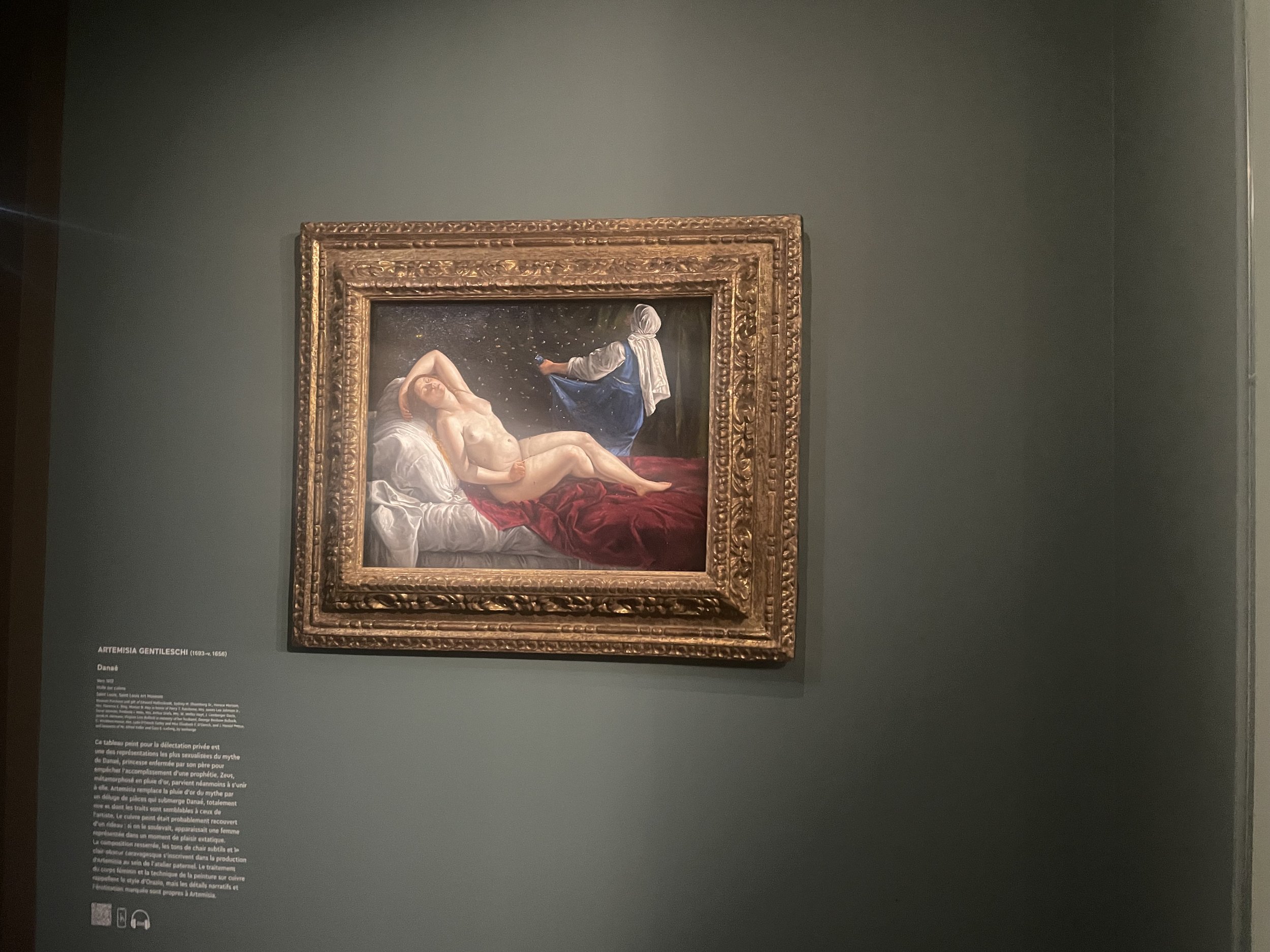Impressions in Paris
Paris has always been a haven for artists, especially ones that aren’t afraid to be bold. From the epic scale of the Romantics (Delacroix and Géricault) to the colorful Impressionists (Monet and Renoir) to the intimate Les Nabis (Vuillard), French painters learn the rules, but are then brave enough to break them.
This boundary-pushing attitude still holds true today in some powerful contemporary artists like the Jerome Lagarrigue, who’s work I was able to see in Paris in 2023 and in the Brooklyn museum in 2024 as part of the “Giants” exhibition, and Nathanaelle Herbin, who presented her intimate paintings along Les Nabis in Musée d’Orssay in 2024.
I’ve been fortunate enough to travel to Paris once a year, and explore a lot of this history as well as the contemporary galleries.
While I do take home a few souvenirs, what I always really hope to leave Paris with is some of this same artistic energy.
In an effort to keep this excitement alive, I’d like to share some reminders for my own painting practice. Here is what I learned from the inspiring pieces that impressed me this trip.
Color should be bold
Paris may have its gray days, but when there is color it is always striking. The gardens inside the city were springing to life.
I can admit that as a painter I have held a bias in my portraits that natural color means muted. I have been quick to add gray to a skin tone to turn down the saturation. However seeing these flowers, true products of nature, show so much unabashed color reminded me that natural can also be bright and bold.
I was even able to take a trip out of the city to Monet’s house at Giverny. At this getaway in Normandy, Monet curated a massive flower and water garden to provide him with some of the most striking natural colors. There are more than 65 different flower beds that Monet arranged in specific color order like a painter’s palette. If a yellow rose sprouts in the midst of the red rose bed, it gets the chop.
Waking through all this bright color was striking. My eyes scanned all the combinations like electric pinks nestled in soft lavenders and baby blues. I have now added all of these colors to my own paint box and am excited to add them in surprising ways.
There was also bold colors in the city itself. Looking at stained glass windows in Notre Dame and Sainte Chappell have reminded me not only to use bold colors but to remember that bold color cannot exist without a strong light source. I have been meeting to adjust some of the lights in my studio and especially when working with a model the light should be strong and striking.
Compositions should be dramatic
Every time I enter the Louvre’s painting collection, I am fascinated by Géricault’s “The Raft of the Medusa.” This painting, depicting a horrific shipwreck that was breaking news at the time of its creation, is massive. There can be so much chaos in this scene, but it is all organized. Géricault
used an academic composition full of diagonals and triangles to ground this painting and guide the eye. With this balance in place, he is able to heighten the drama and tell a moving, almost overwhelming story.
While my portraits may not be taking on large action scenes, I can still use diagonals and triangles to create drama. It can give me a chance to emphasize what could be a chaotic or dramatic psychology behind my models.
Portraits should have luxury
Along with arranging people to fit inside an organized composition, looking at Parisian portraits reminds me to also include more objects. We don’t exist in a vacuum so neither should my models. Objects can add drama and interest and even reveal something deeper about the person being depicted.
My favorite portrait I saw this trip was at the Musée D’Orsay “Portrait of Genevieve Bernheim de Villers” by Edouard Vuillard. In this painting, the sitter is not centered but is grounded in a composition of objects. She herself is active and is writing in a notebook as she looks up at us the viewers. This makes the work so much more dynamic and interesting.
Women painters have power
An exhibition came to Paris this spring that I think was ground breaking: a large scale showing of the work of Italian Baroque painter Artemisia Gentileschi at the Musée Jacquemart André. I look up to Artemisia as a Master female painter. She was a follower of Caravaggio’s style but made it her own and mastered it in her own right. I was such a nerd for this exhibit that I even wore a shirt I have of her Judith be-heading Holofernes.
Seeing this exhibit in Paris just reminded me that female portrait painters deserve their space and should keep fighting for it.








































